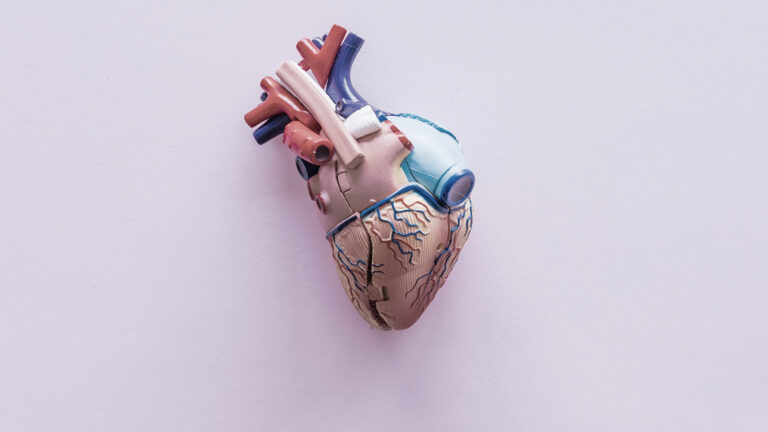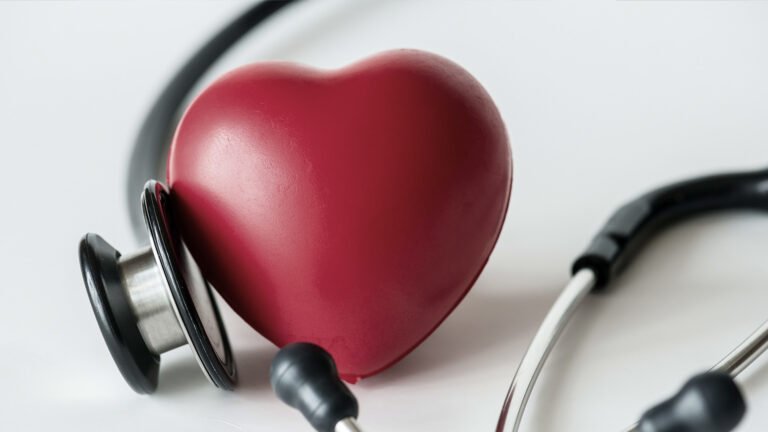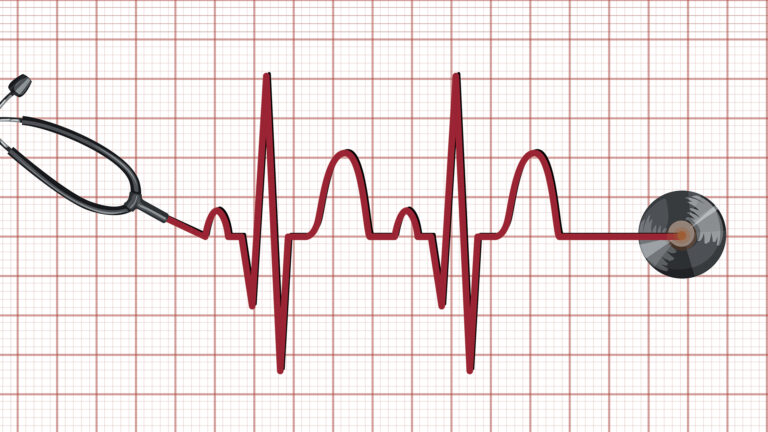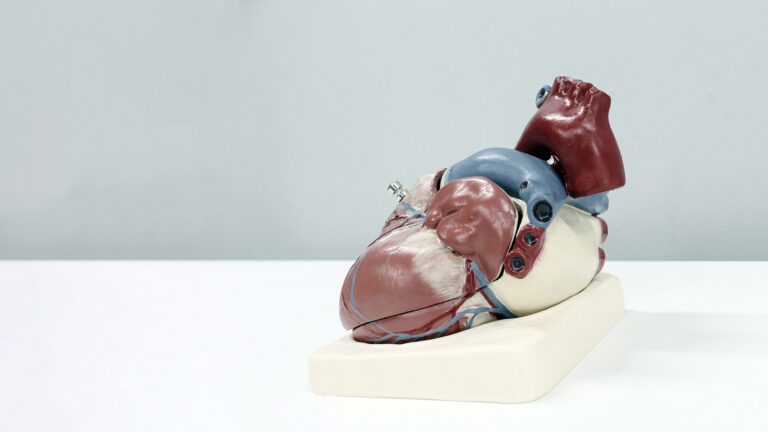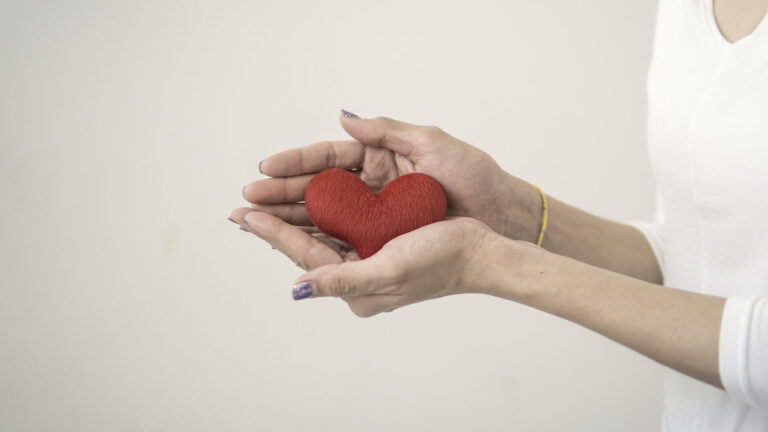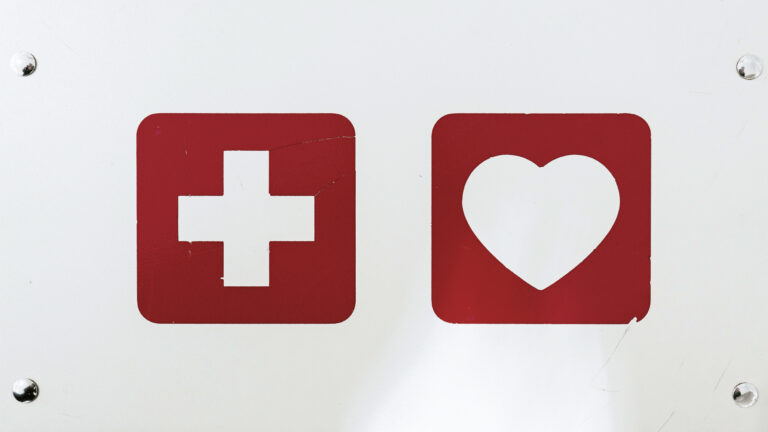The heart is a muscle that pumps blood through your lungs, your brain and the rest of your body - this is called the circulatory system.
Read moreThe heart and the circulatory system structure of our heart
If you have challenges with atrial fibrillation or another heart rhythm disorder, it can be good to know the basic structure of our heart.
The heart is a muscle that pumps blood through your lungs, your brain and the rest of your body. The blood circulates around the body to transport nutrients and energy to the cells and to remove waste products. The heart consists of four chambers – two atria and two chambers of the heart.
The structure of the heart
The heart consists of four chambers – two antechambers and… Read more
Read moreWhat is the Sinus rhythm
The normal heart rhythm. The sinus node regularly sends out signals into the atria - calmly when we are at rest and faster when we are active
Read moreWhat makes your heart pump? – The Electrical Impulses
The sinus node is occasionally called the "natural pacemaker" of your heart. It sends out electrical impulses, called the sinus rhythm.
Read moreHow Pacemakers Treat Heart Failure
When a heart’s ability to pump is impaired, it can be necessary to implant a special type of pacemaker that can stimulate both the right and left ventricles simultaneously.
Read moreWhat Is An ICD?
A cardiac arrest is a life-threatening arrhythmia in which the heart's pumping function stops - and thus no blood comes out to the body's organs
Read moreHow Does A Pacemaker Work?
A pacemaker is used if a patient's heart rate is too slow. There can be a number of different reasons for this...
Read moreA little about the heart
The heart consists of four chambers - two atria (one atrium) and two ventricles (one ventricle). The heart simultaneously pump “old” deoxygenated blood
Read more